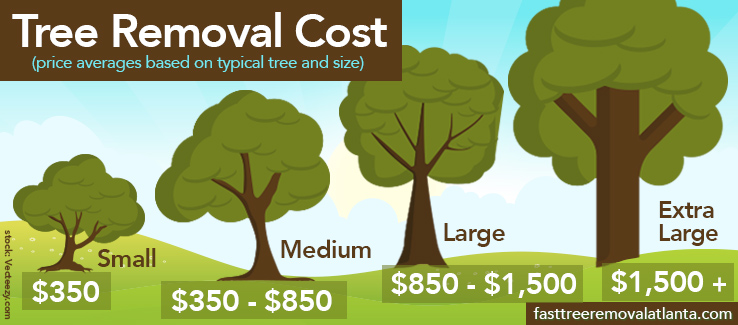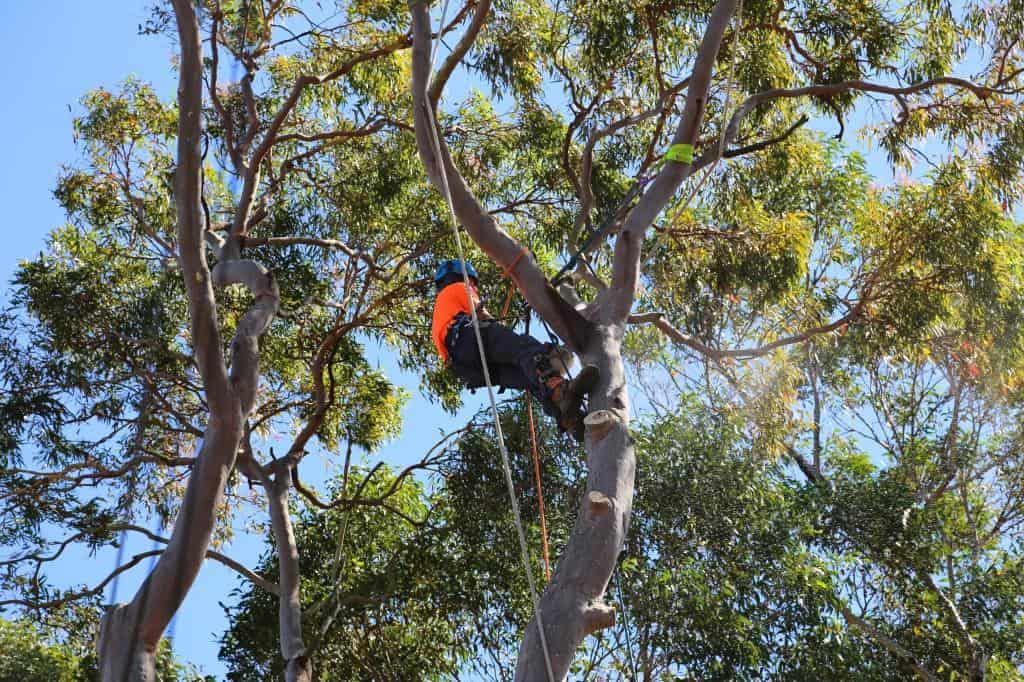Featured
Table of Contents
- – Lone Grove, OK Tree Removal: True Pricing
- – Understanding Arborist Quotes In Lone Grove, OK
- – Request Tree Removal Estimates In Lone Grove,...
- – Lone Grove, OK Stump Grinding: Cost Vs. Value
- – How Long Does An Tree Cutting Installation In...
- – Lone Grove, OK Stump Removal Pricing Tiers
- – Local Pricing For Arborist In Lone Grove, OK
- – Top 10 Money-Saving Tips On Stump Removal In...
- – Lone Grove, OK Tree Trimming Cost Factors
- – Final Tree Cutting Costs In Lone Grove, OK: ...
- – Stump Grinding Costs In Lone Grove, OK
- – Seasonal Tree Trimming Deals In Lone Grove, OK
- – Typical Tree Trimming Pricing In Lone Grove,...
- – Top Rated Stump Grinding In Lone Grove, OK
- – Finding Affordable Stump Removal In Lone Gro...

The subsections listed below offer more detailed information about prices, including an average range for each. TypeAverage Removal CostPineConiferPalmMagnoliaArborvitaeAshCedarSweet GumEucalyptusSycamoreCypressOakMaplePoplar You can anticipate to pay in between to eliminate a pine, depending on its size. Getting rid of a pine is one of the more economical tasks unless it is one that has actually been around for many years and is quite big.
Lone Grove, OK Tree Removal: True Pricing
Pines also have a tap root that grows deep into the soil, which can show to be harder to eliminate. The procedure itself involves an expert cutting the tree, clearing the base, cutting the surface area roots, eliminating the stump, and finally dealing with the soil. Without a professional hand, you run the risk of leaving pine seedlings behind, which will fall from the roots of distressed pines.
Understanding Arborist Quotes In Lone Grove, OK
The U.S. national average for conifer elimination is approximately to have the conifer reduced, carried away, and the stump ground or eliminated completely. Conifers are normally simpler to remove, and despite the fact that they can grow quite high, they do not cost a fortune to get rid of. Conifers include pine, spruce, fir, and juniper trees.
Request Tree Removal Estimates In Lone Grove, OK
While conifers are lovely, they kill native plants and particular types of grass (tree trimming). The average cost of palm removal depends on the height as much as the type, ranging from.
Lone Grove, OK Stump Grinding: Cost Vs. Value
That is why it is very important to understand which type you are removing. While you do not need an herbicide to kill a palm tree, there are some steps your removal professional will need to take to ensure the task is done correctly. There are two ways they can get rid of them: by chopping them down or digging them up.
How Long Does An Tree Cutting Installation In Lone Grove, OK
From there, they remove the real tree and then the stump. Anticipate to pay between to eliminate this type of tree, depending on the specific size and information of the task.
Lone Grove, OK Stump Removal Pricing Tiers
There are 3 types: green, white, and black ash. With its gray-tinged bark, its leaves are green or purple in the spring and golden yellow or purplish-red in the fall.
Local Pricing For Arborist In Lone Grove, OK

The bark is softer, and it blooms later on in the year - tree trimming. Due to the variation in height, the elimination price variance is wide from. A coniferous, evergreen tree, the cedar is a sturdy species. True cedars take pleasure in higher altitudes, generally in the Himalayas and the Mediterranean. A true cedar can grow as high as 160 feet in height and is typically planted in the United States as a landscape alternative.
Top 10 Money-Saving Tips On Stump Removal In Lone Grove, OK
The development of incorrect cedars varies from 50 feet up to 230 feet high. With star-shaped leaves and spectacular fall colors, the sweet gum is considered a medium to big tree.
Lone Grove, OK Tree Trimming Cost Factors
It has a big root base of 40 to 50 feet, which impacts the removal cost. Generally, it costs in between to get rid of a eucalyptus. Eucalyptus are not common all over, but they are rather big compared to others, which is why even the smaller sized ones are so pricey to eliminate. Initially from Australia, eucalyptus are invasive plants that grow in thick groves that take out native plants.
Final Tree Cutting Costs In Lone Grove, OK: No Hidden Fees
There are a handful of methods to do this, including burning, pulling, grinding, or eliminating them with herbicide. Expect to pay between to get rid of sycamores, based on the height, trunk size, and quantity of work included. Sycamores are among the largest hardwood trees, typically varying from 60 to 100 feet tall and as large as 15 feet.
Stump Grinding Costs In Lone Grove, OK
The first two steps will expose the withins of the tree and cut off the flow of nutrients up the trunk. From there, a professional applies herbicide to kill the tree and cuts down the trunk.
Seasonal Tree Trimming Deals In Lone Grove, OK
There are many different types of Cypress trees, but the most common are the Leyland, Arizona, Bald, and Italian. The Bald Cypress grows in swampy or extremely damp locations while the others enjoy a dry, warm, or hot climate (stump grinding). They can grow as high as 80 to 100 feet tall
Typical Tree Trimming Pricing In Lone Grove, OK

Prone to illness, the Cypress is one of the most treasured woods for furniture. The average oak grows to around 60 feet, and depending upon the intricacy of the elimination, it costs approximately to get rid of. The precise size of your oak and the effort needed to fell it impact what you will actually spend for elimination in addition to any additional services like stump grinding.
Top Rated Stump Grinding In Lone Grove, OK
Access to the trees and the roots will also impact the general cost. Maples can easily grow up to 100 feet or more and usually cost between to eliminate from your property. The last price depends upon the real height and complexity of the task. Maples are usually among the more expensive trees to remove due to the fact that of their size and the work involved in the elimination.
Finding Affordable Stump Removal In Lone Grove, OK
Growing as high as 90 to 115 feet, these enormous timbers are generally discovered in North America and consist of the aspen, cottonwood, and balsam trees. The procedure to get rid of trees includes all the cutting and cutting of the branches and trunk, bringing it down to a stump.
Table of Contents
- – Lone Grove, OK Tree Removal: True Pricing
- – Understanding Arborist Quotes In Lone Grove, OK
- – Request Tree Removal Estimates In Lone Grove,...
- – Lone Grove, OK Stump Grinding: Cost Vs. Value
- – How Long Does An Tree Cutting Installation In...
- – Lone Grove, OK Stump Removal Pricing Tiers
- – Local Pricing For Arborist In Lone Grove, OK
- – Top 10 Money-Saving Tips On Stump Removal In...
- – Lone Grove, OK Tree Trimming Cost Factors
- – Final Tree Cutting Costs In Lone Grove, OK: ...
- – Stump Grinding Costs In Lone Grove, OK
- – Seasonal Tree Trimming Deals In Lone Grove, OK
- – Typical Tree Trimming Pricing In Lone Grove,...
- – Top Rated Stump Grinding In Lone Grove, OK
- – Finding Affordable Stump Removal In Lone Gro...
Latest Posts
Curved Tree Service Costs In Bella Vista, AR
Swissvale, PA Tree Trimming Cost Breakdown
Rental Arborist Costs In St. Clairsville, OH
More
Latest Posts
Curved Tree Service Costs In Bella Vista, AR
Swissvale, PA Tree Trimming Cost Breakdown
Rental Arborist Costs In St. Clairsville, OH